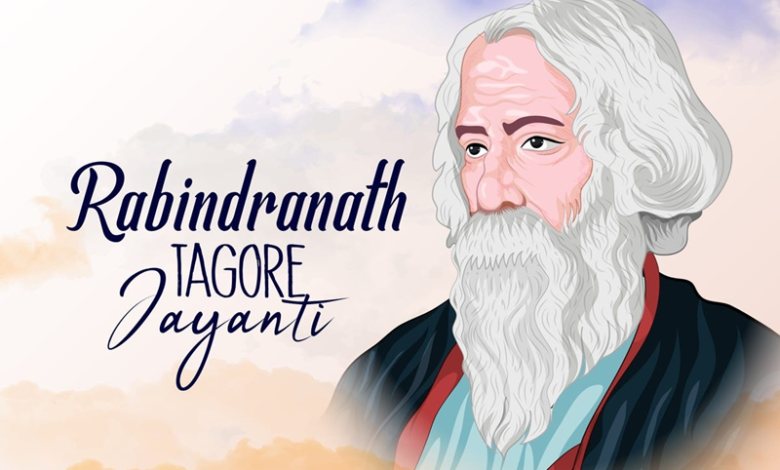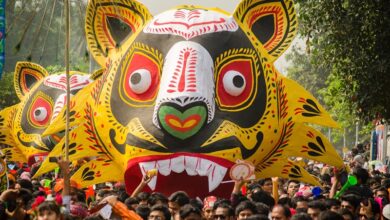Remembering Rabindranath Tagore: The Bard of Bengal’s Enduring Legacy

News Mania Desk/Agnibeena Ghosh/7th August 2024
August 7 marks the anniversary of the death of Nobel laureate Rabindranath Tagore, a towering figure in global literature and art, fondly known as the Bard of Bengal. Tagore was not just a poet but also a composer, playwright, painter, and social reformer. His exceptional contributions earned him international acclaim and a knighthood from King George V in 1915, which he later renounced in 1919 as a protest against the Jallianwala Bagh massacre.
Tagore’s influence on Bengali literature and music is unparalleled. His seminal work, Gitanjali, revolutionized Bengali poetry with its lyrical beauty and spiritual depth, earning him the Nobel Prize in Literature in 1913—the first non-European to receive this honor. His songs, collectively known as Rabindra Sangeet, have had a profound impact on Bengali music, blending Indian classical traditions with Western musical elements.
As we observe the 83rd anniversary of his passing, it’s essential to delve into some lesser-known aspects of his multifaceted life. One notable fact is that Tagore penned the national anthems of two countries: India’s “Jana Gana Mana” and Bangladesh’s “Amar Sonar Bangla.” The Indian national anthem was adopted on January 24, 1950, and is derived from the first stanza of his Bengali poem ‘Bharoto Bhagyo Bidhata’ (1911).
Tagore’s literary contributions extend beyond poetry. He wrote several acclaimed novels, including Gora, Ghare-Baire (The Home and the World), and Chokher Bali (A Grain of Sand). His short stories, such as “Kabuliwala,” are celebrated for their deep insights into human nature and societal issues. In drama, his innovative plays like Dak Ghar (The Post Office) and Raktakarabi (Red Oleanders) highlight his engagement with contemporary social and political themes.
Despite beginning his painting career in his sixties, Tagore produced a significant body of work that showcased abstract and modernist styles, demonstrating his versatile artistic talent. His paintings, much like his literary works, were ahead of their time and have left a lasting legacy.
Tagore was also a social activist and educational reformer. In 1921, he founded Visva-Bharati University in Santiniketan, aiming to create a holistic education system that blended Eastern and Western philosophies. This institution emphasized creative learning and community living, reflecting Tagore’s vision of education as a means to achieve cultural and intellectual renewal.
His social reform efforts extended to advocating for gender equality, social justice, and cultural rejuvenation. He was a vocal critic of British colonial rule, using his writings to challenge and critique the oppressive regime. Tagore’s renouncement of his knighthood in response to the Jallianwala Bagh massacre exemplifies his commitment to these principles.
Tagore’s influence on the arts extends to cinema, with many of his literary works adapted into notable films. These adaptations, including Kabuliwala, Ghare-Baire, Charulata, Chokher Bali, Teen Kanya, Noukadubi, and Gitanjali, highlight his profound understanding of storytelling and human emotions. His stories continue to inspire filmmakers, providing rich material for exploring complex emotional and social themes.
Rabindranath Tagore’s legacy as a poet, artist, social reformer, and visionary educator remains deeply influential. His works continue to inspire and resonate, reminding us of the power of creativity and the enduring impact of a life dedicated to artistic and social excellence.






